The Red-Crowned Cranes – called tanchozuru in Japanese – are deeply treasured in Japan. Quite literally the stuff of legends, the beautiful birds of all varieties has long been regarded as mythical as dragons, with their fabled 1,000-year lifespan making them synonymous with happiness and longevity. There is even an ancient Japanese legend that promises whoever folds 1,000 Japanese cranes with origami technique will be granted a wish.
Today, Japan’s sole surviving community of Red-Crowned Cranes lives in a place that feels as mythically far-flung as it is desolately picturesque: the Tsurui marshes, remote and rural, on Japan’s northernmost island Hokkaido, an area tinged by iced Siberian winds (it’s considerably closer to Russia than Tokyo).
Here, a resident population of around 1,300 of the rare birds – a community painstakingly nurtured to four-figure numbers after nearly dying out entirely in early 20th century Japan – lives among its mudflats, freshwater marshes, flowing rivers and paddy fields (The total number globally – mainly in China, Korea, and Russia – is not that much higher: an estimated 2,800-plus).
The marshlands of Tsurui – located near the small city of Kushiro in eastern Hokkaido – span 45,000 acres and have become a protected sanctuary for its ever-growing community of these dancing cranes.
The most beautiful time of year to visit is during the calm, quiet winter months when the landscape – unusually flat compared to the mountainous archipelago that defines the other main islands of Japan – is shrouded in dense white snow. These winter landscapes contrast beautifully with the cranes.
Check the beautiful pictures of a Japanese winter wonderland together with the graceful cranes showing off their mating dances.
More info: faune.co
3Kviews
Share on FacebookIn our area of the Canadian boreal forest we get alot of sandhill cranes. When they perform their mating dances in the spring it reminds me of the way the natives dance at pow wows. I'm convinced that these birds must have inspired the natives in the way they dance. Very fascinating to watch.
In our area of the Canadian boreal forest we get alot of sandhill cranes. When they perform their mating dances in the spring it reminds me of the way the natives dance at pow wows. I'm convinced that these birds must have inspired the natives in the way they dance. Very fascinating to watch.

 Dark Mode
Dark Mode  No fees, cancel anytime
No fees, cancel anytime 






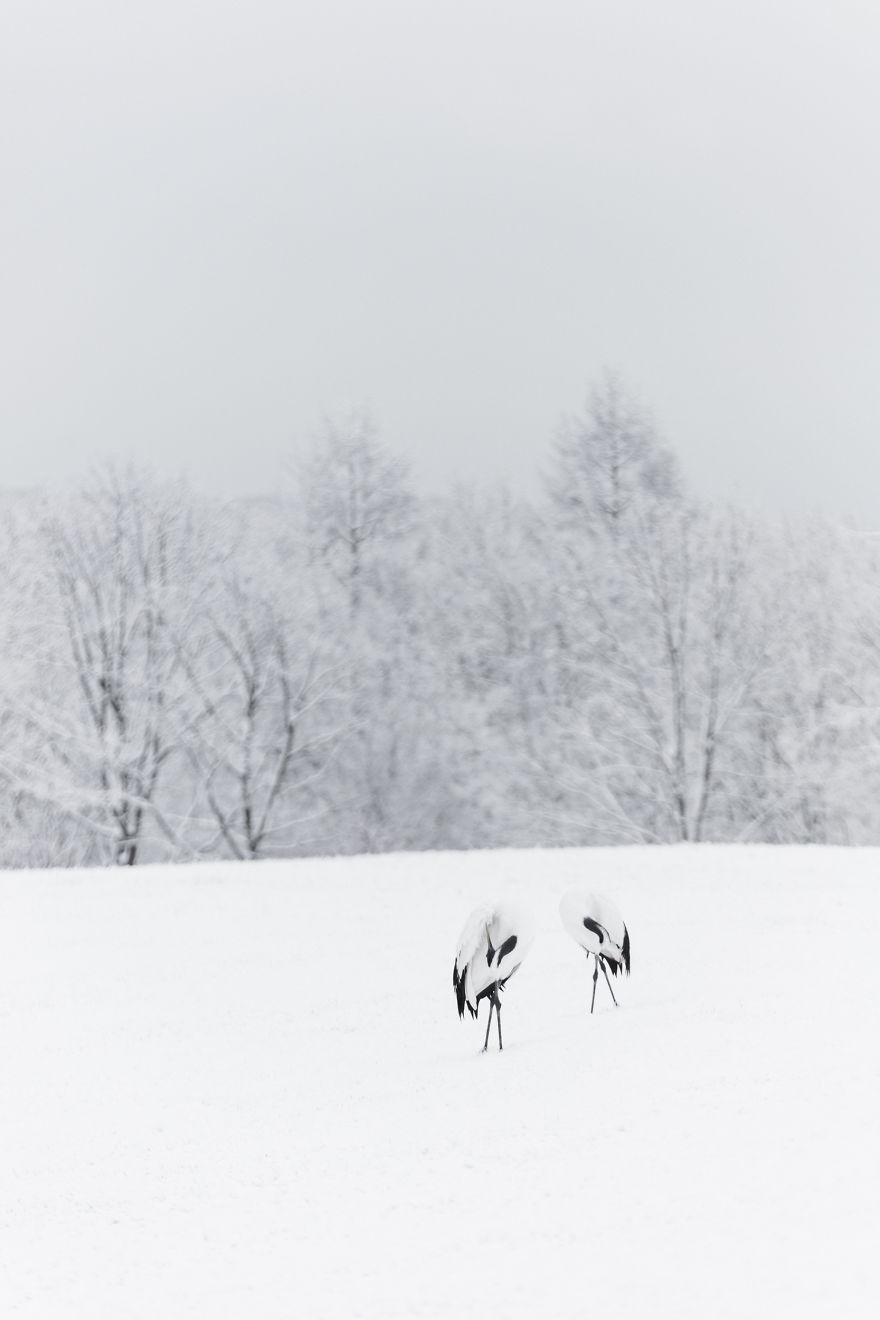
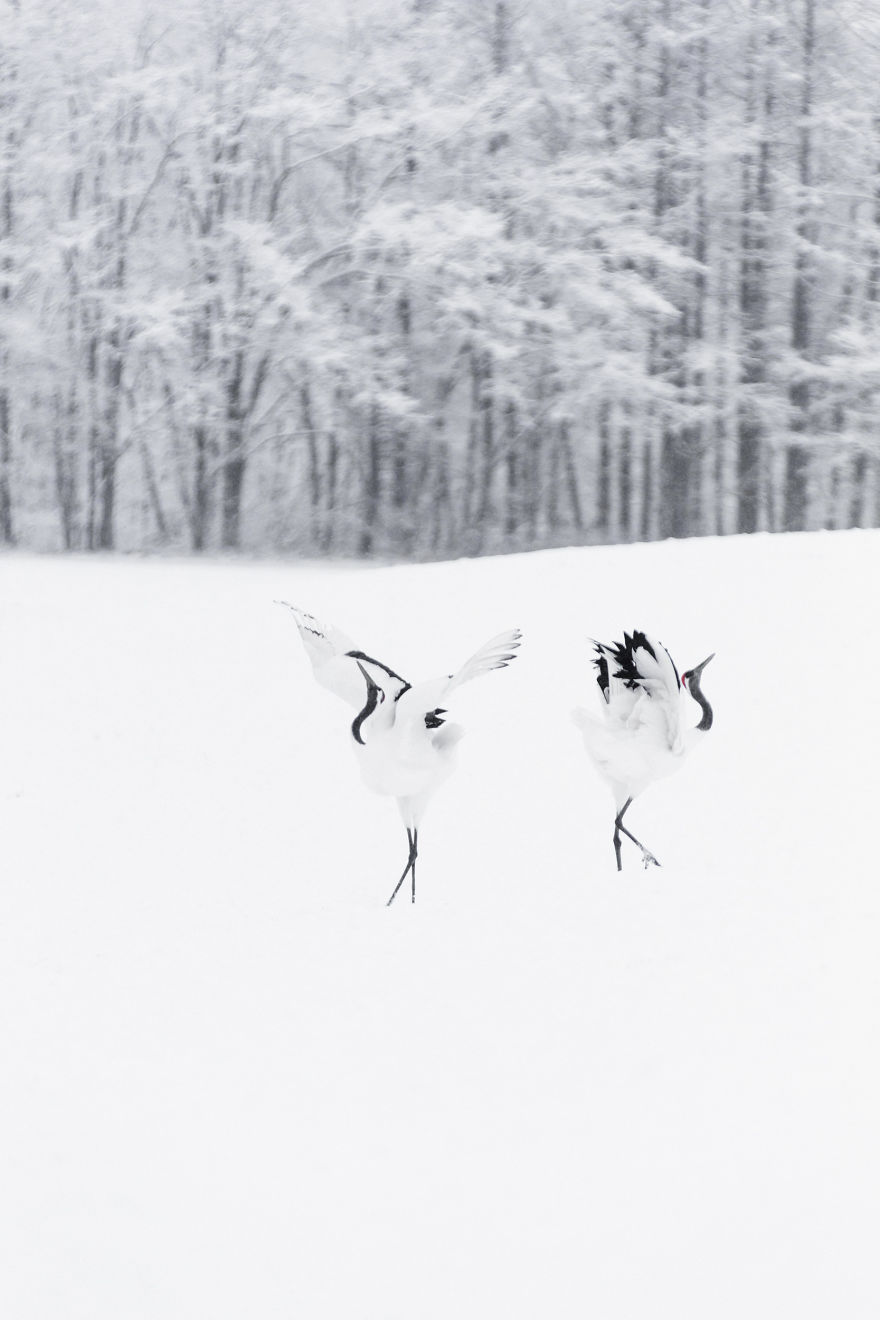
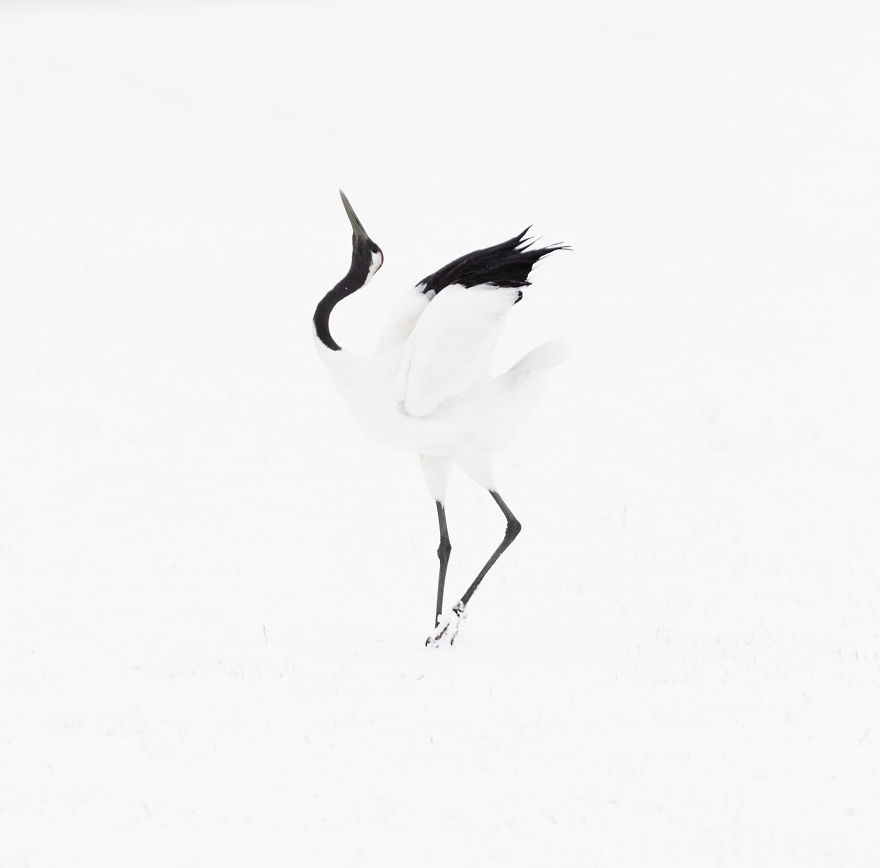
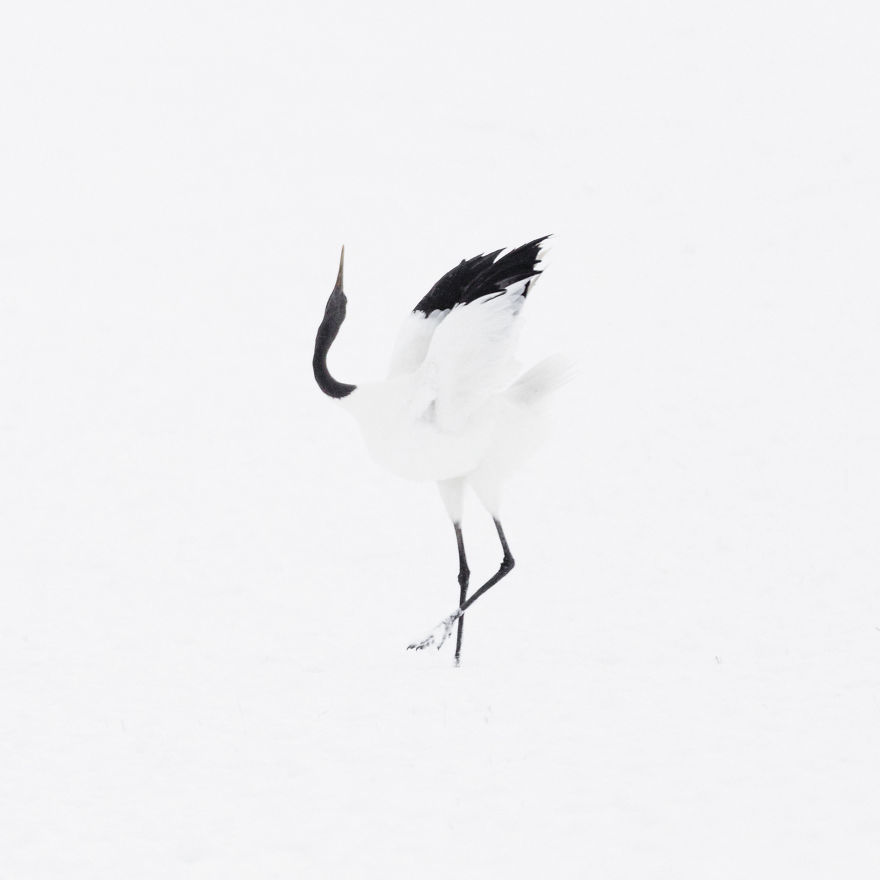

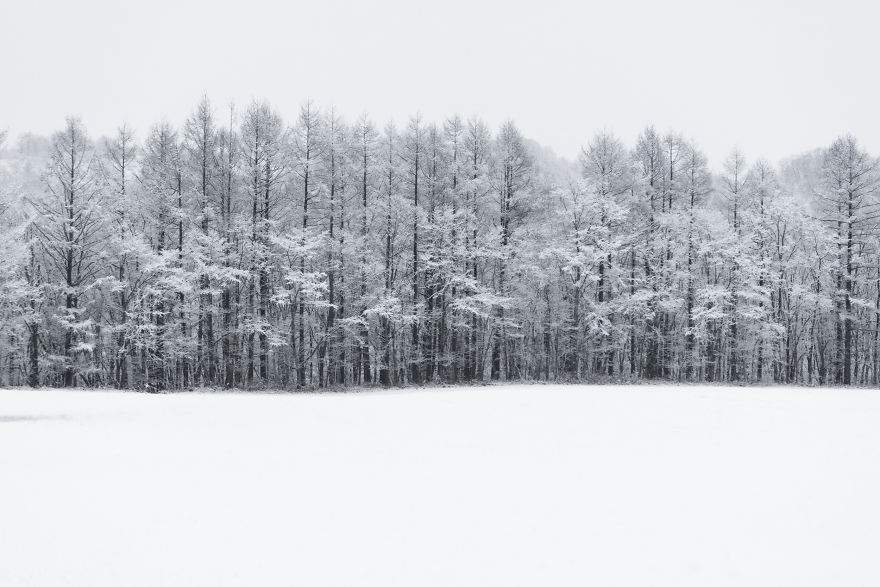
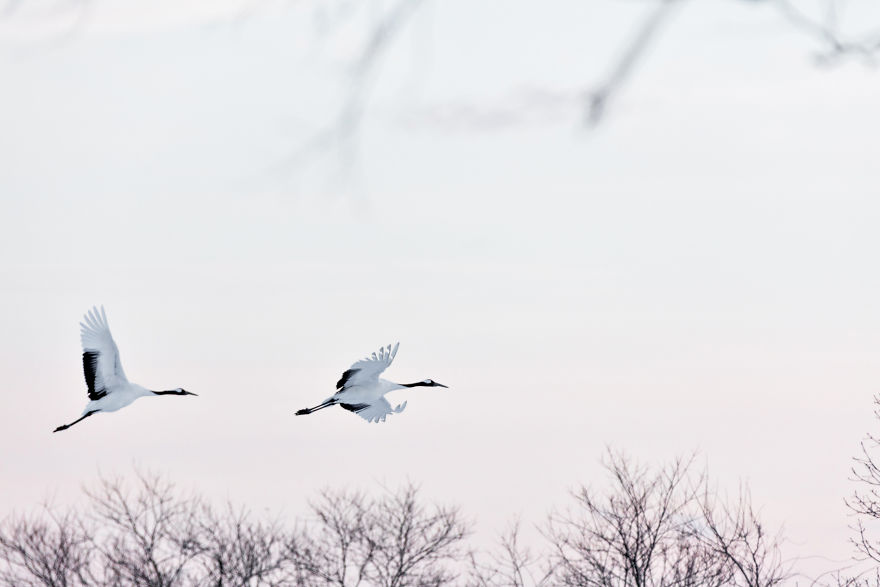
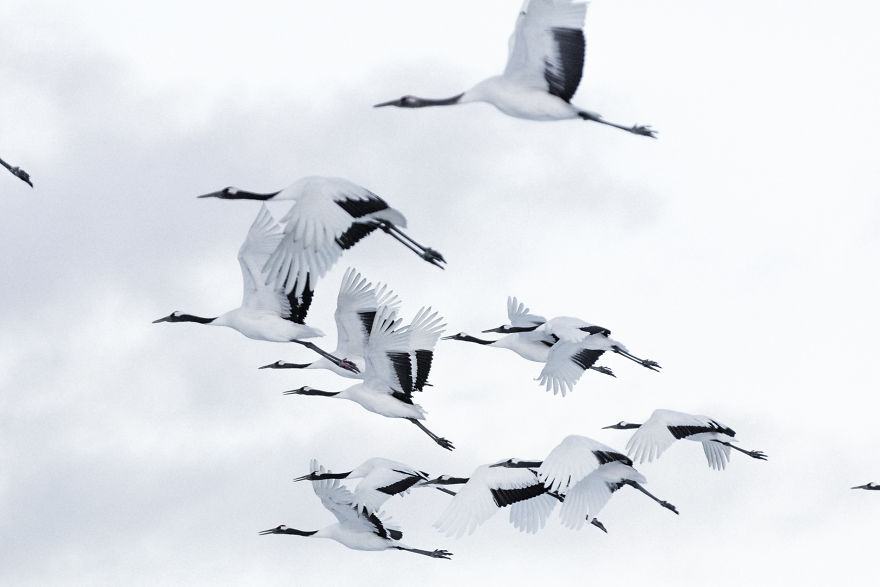





54
5